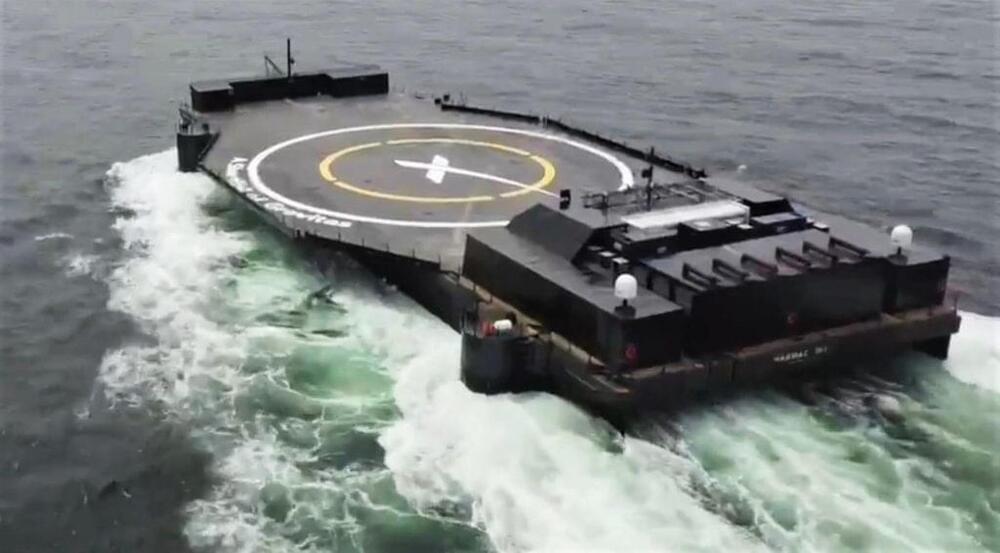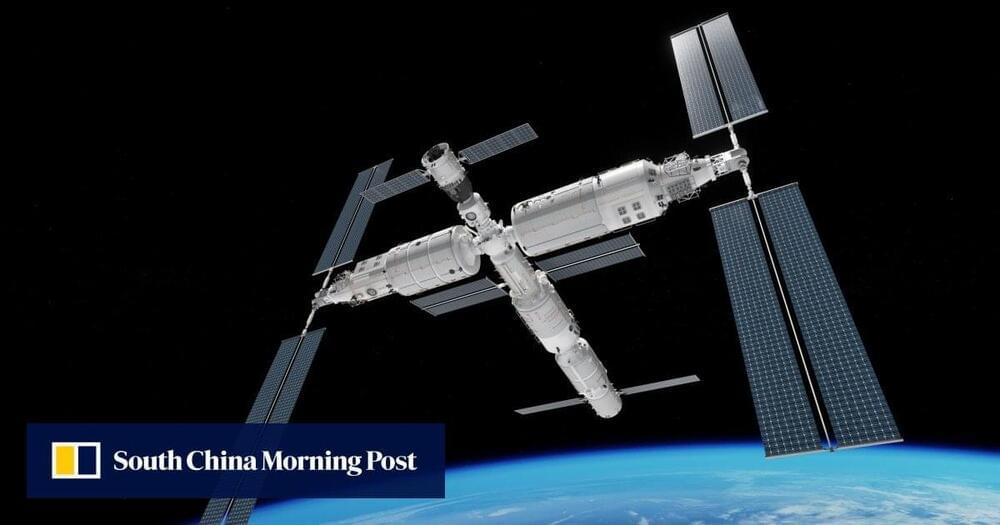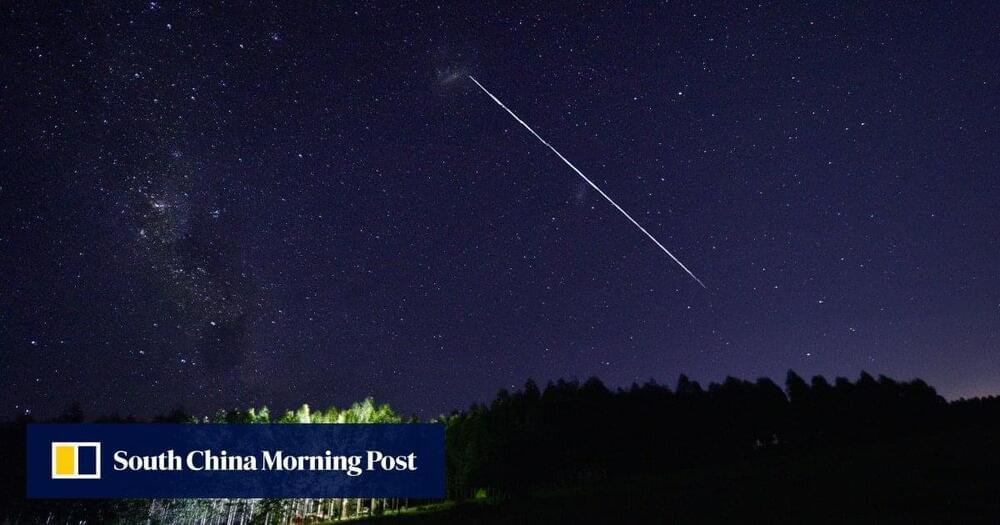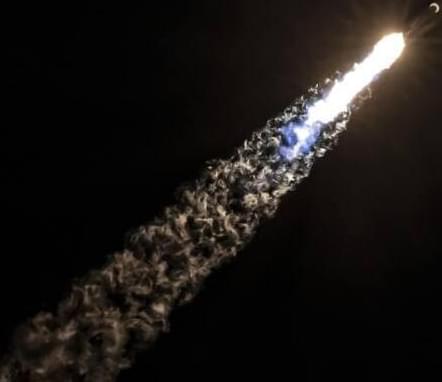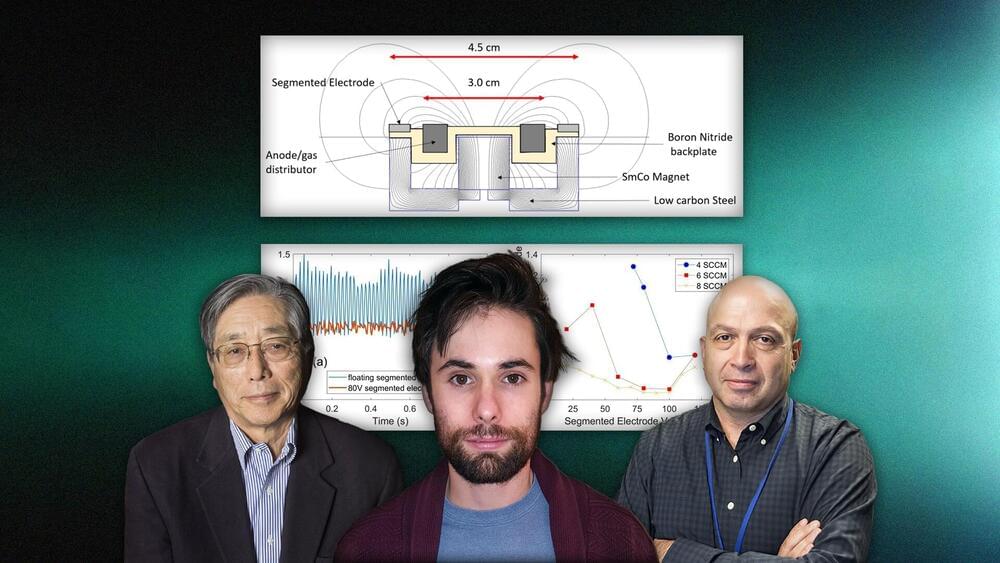Jan 2, 2022
SpaceX drone ship heads to sea for first 2022 Falcon launch
Posted by Genevieve Klien in categories: drones, internet, satellites
SpaceX drone ship Of Course I Still Love You (OCISLY) departed Port Canaveral on January 1st, heading to sea on the first day of the year for SpaceX’s first launch of 2022.
With a launch manifest that’s never been more jam-packed and seemingly achievable, it’s no surprise that SpaceX is wasting no time kicking off what could be its third record-breaking year in a row. Barring delays, drone ship ASOG will arrive about 640 km (400 mi) downrange at its recovery site – just northeast of the Bahamas – a day or two before Falcon 9’s first launch and landing attempt of the year. Known as Starlink 4–5 (Group 4 Launch 5) and scheduled to lift off no earlier than (NET) 4:49 pm EST (21:49 UTC), Thursday, January 6th, it will be SpaceX’s 34th dedicated Starlink launch since May 2019.
Perhaps more importantly, if the mission goes to plan and doesn’t have rideshare payloads, SpaceX will start 2022 having just launched its 1997th Starlink satellite, including two prototypes that came to be known as Tintin A and B and kicked off the constellation’s in-space hardware testing phase in February 2018. Excluding all prototypes, Starlink 4–5 will mark the launch of more than 1900 (1922) nominally operational Starlink satellites.
